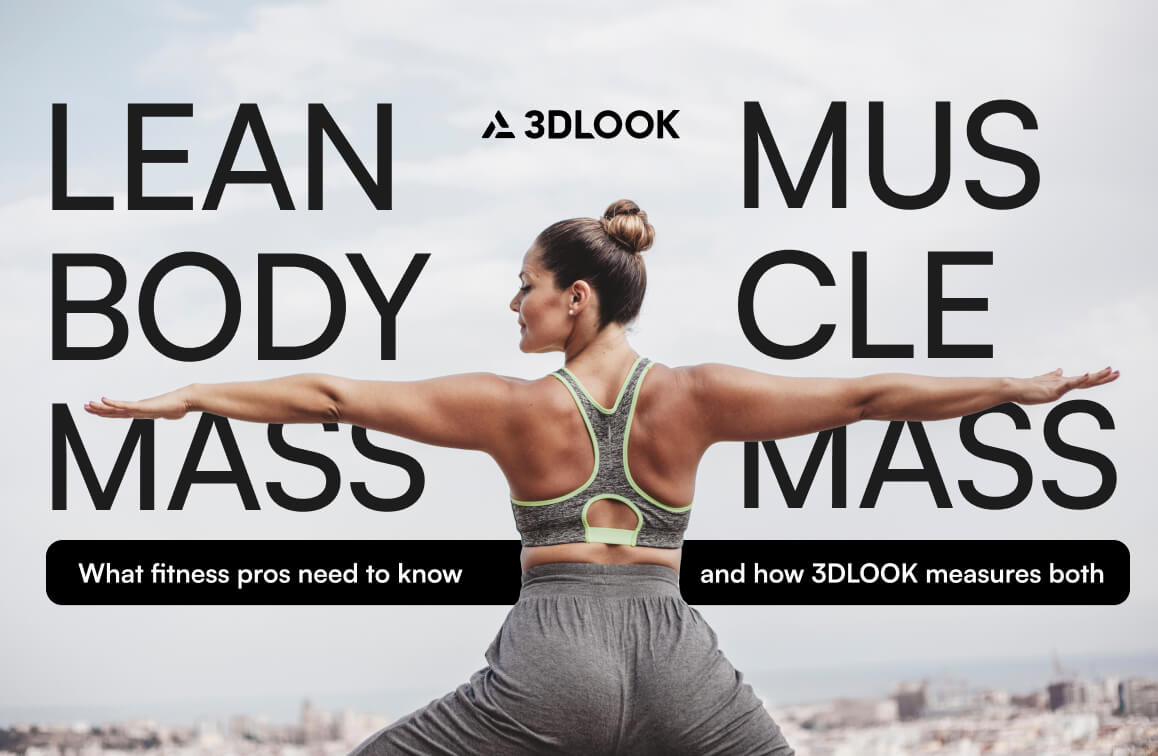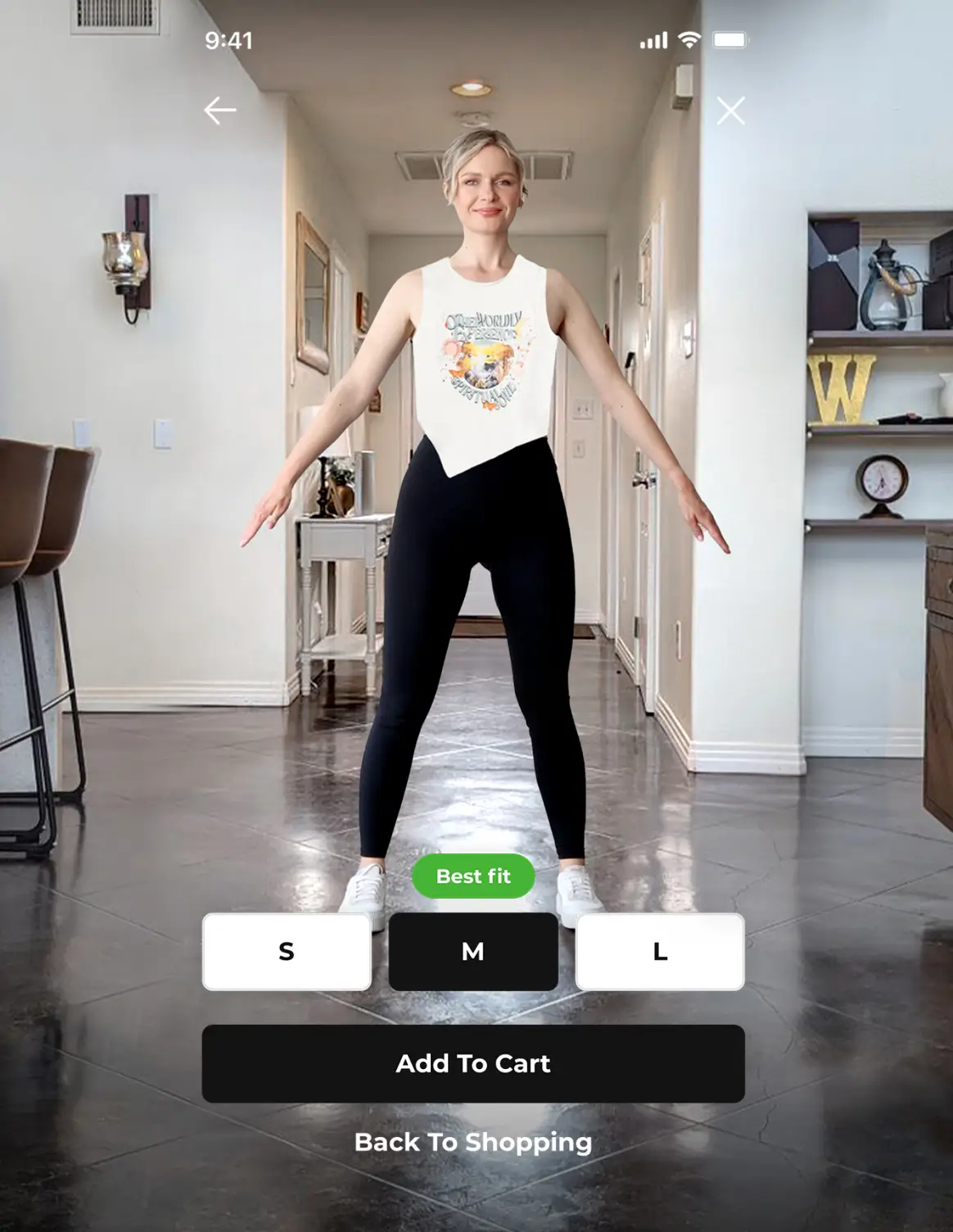Body composition terminology confusion costs the fitness industry $6 billion annually in member churn, with 50% of new gym members quitting within six months.
The problem: fitness professionals incorrectly use “lean muscle,” “muscle mass,” and “lean body mass” interchangeably. Beginners realistically gain 2-4 pounds of muscle monthly, yet expect 3-8 pound “gains” from scales—primarily water retention, not muscle.
This costs gyms $5,000-$25,000 annually, but increasing retention just 5% boosts profits 25-95%.
Lean Body Mass: Everything Except Fat
Lean Body Mass (LBM) represents your total body weight minus fat mass. It’s also called “Fat-Free Mass” because it includes everything in your body that isn’t adipose tissue. This comprehensive measurement encompasses organs (liver, kidneys, heart), skin, bones, body water, and all muscle tissue.
The mathematical formula is straightforward: Lean Body Mass = Total Weight – Fat Mass
What makes LBM particularly important for fitness professionals is that two major components significantly influence changes in these measurements. Body water, which comprises 50-60% of total body weight in healthy adults, can fluctuate daily based on hydration, diet, exercise, and hormonal factors. These water fluctuations account for most rapid changes in LBM measurements that clients often mistake for muscle gains.
Skeletal muscle mass represents the second major variable component of LBM. Unlike organs and bones, which remain relatively stable, skeletal muscle responds to training and nutrition interventions. However, genuine muscle tissue changes occur much more slowly than water fluctuations, creating the potential for misinterpretation when clients see quick LBM increases.
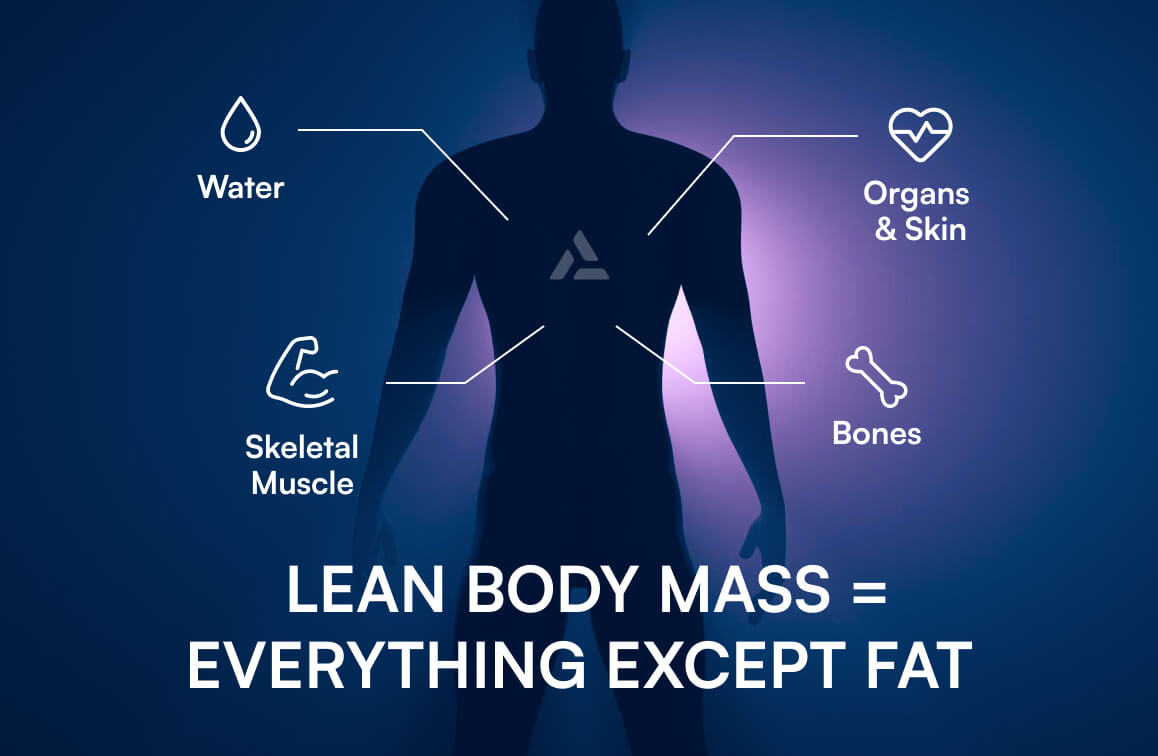
Muscle Mass: The Trainable Component
When clients talk about “gaining muscle,” they typically mean increasing skeletal muscle mass—the voluntary muscles attached to bones that respond to resistance training and protein intake. However, total muscle mass actually includes three distinct types: skeletal muscle (what we can actively build), cardiac muscle (heart muscle that strengthens with cardiovascular training), and smooth muscle (found in organs and blood vessels).
This distinction becomes crucial when interpreting body composition data. Skeletal muscle mass represents the specific tissue that fitness interventions can meaningfully influence, while total muscle mass includes components that don’t respond to typical training protocols.
Understanding muscle composition adds another layer of complexity. Muscle tissue itself contains 70-80% water, meaning that “muscle gains” often include significant water retention. Research shows that resistance training promotes increased intracellular water storage, contributing to the rapid size and strength increases that beginners experience.
Using the Right Terminology
Fitness professionals should avoid the term “lean muscle” since all muscle is lean by definition. Instead, use “skeletal muscle mass” when discussing buildable muscle tissue and “lean body mass” when referring to total fat-free mass. Always provide context for what body composition changes actually represent to maintain client trust and realistic expectations.
Why the Confusion Matters for Your Clients
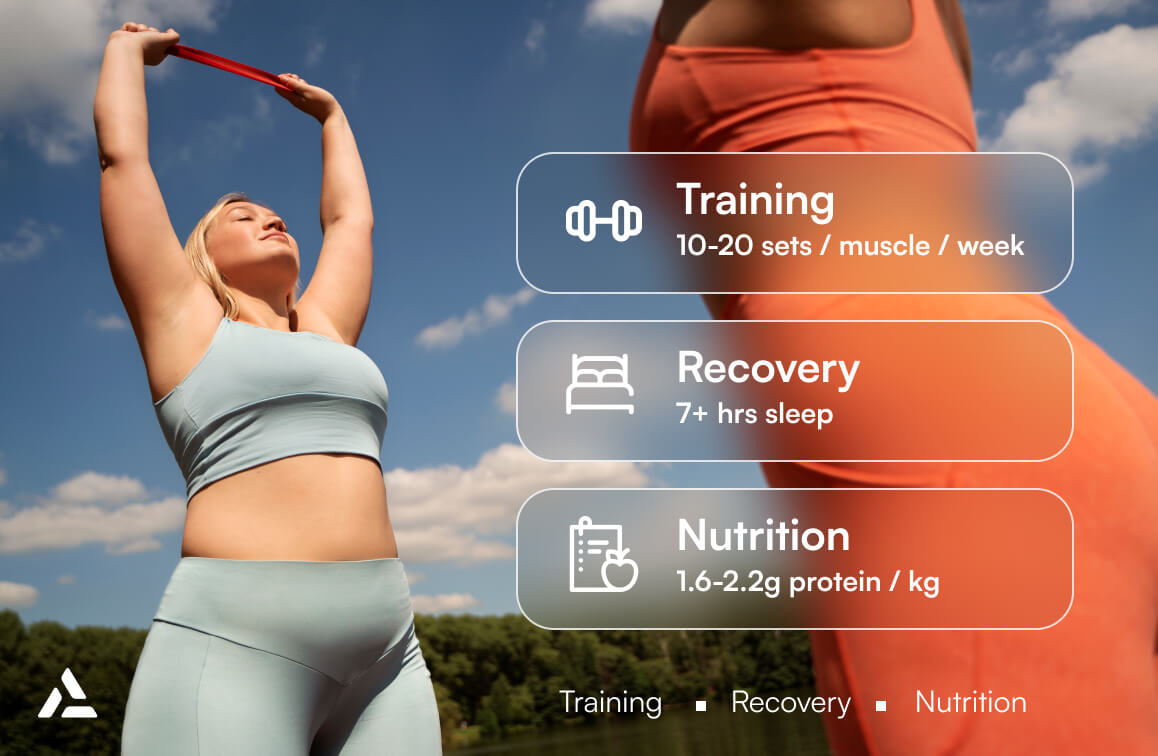
The “Lean Gains” Problem
When clients see rapid increases in lean body mass during their first weeks of training, they often assume they’ve built substantial muscle tissue. Understanding the reality behind these changes helps set appropriate expectations:
Week 1-2 of a new program typically shows:
- LBM increase: 3-5 pounds (exciting for clients!)
- Actual breakdown: 2-4 pounds water retention (training adaptation, improved hydration), 1-2 pounds glycogen storage, 0.1-0.3 pounds maximum actual muscle tissue
Month 1-3 of consistent training reveals:
- LBM increase: 4-8 pounds
- Actual composition: 2-3 pounds stabilized water, 1-3 pounds genuine muscle tissue growth, minimal bone density changes
Without understanding this distinction, clients develop unrealistic expectations based on initial rapid gains. When progress inevitably slows to reflect actual muscle-building rates, disappointment and dropout often follow. This is why education about body composition matters more than the specific measurement method used.
Setting Realistic Expectations
Actual skeletal muscle gain occurs at much slower rates than total LBM changes:
- Beginners: 1-2 pounds per month with optimal training and nutrition
- Intermediate trainees: 0.5-1 pound per month
- Advanced athletes: 0.25-0.5 pounds per month
These rates assume consistent resistance training, adequate protein intake, sufficient calories, and proper recovery. Factors like age, genetics, training history, and hormonal status significantly influence individual results.
The importance of understanding realistic timelines becomes even more critical when considering age-related muscle loss. Research shows that muscle mass naturally declines by 3-5% per decade after age 30, with longitudinal studies indicating that people aged 75 years lose muscle mass at rates of 0.64-0.7% per year in women and 0.8-0.98% per year in men.
Understanding these realities helps prevent the disappointment cycle that leads to client dropout while building trust through honest, data-driven communication. Regardless of which measurement method you use, educating clients about normal progression prevents unrealistic expectations.
How Different Measurement Methods Handle the Distinction
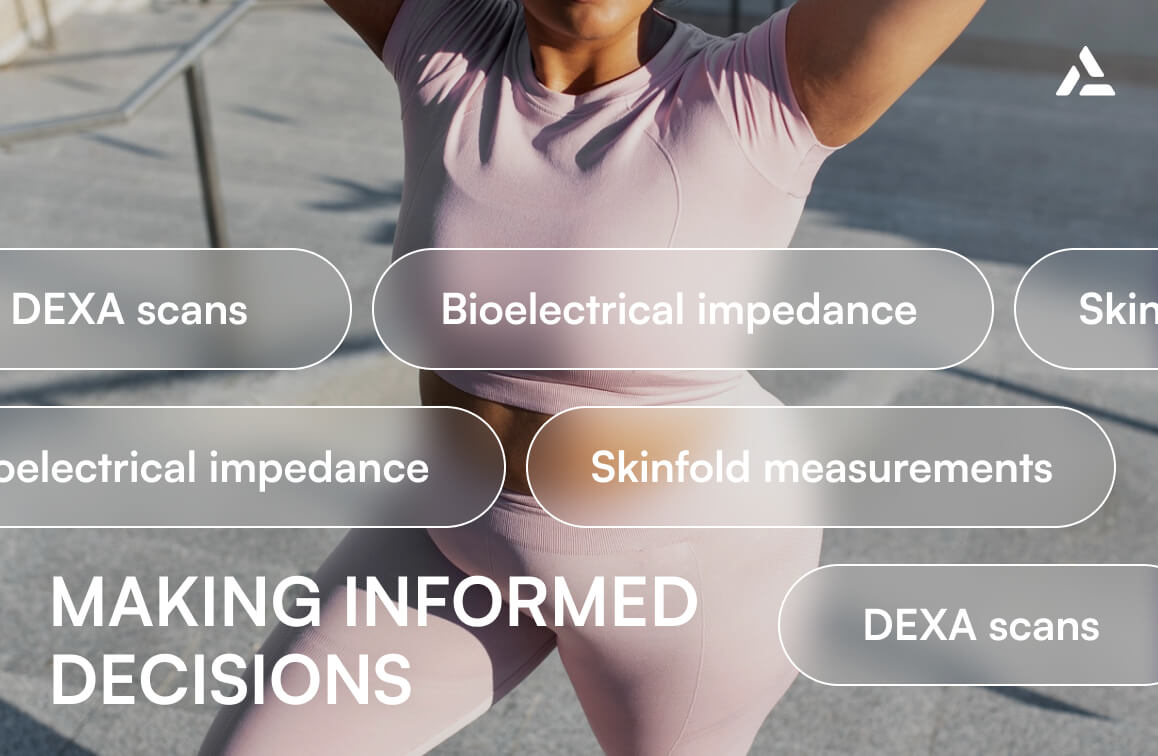
Most common body composition assessment methods struggle to differentiate between muscle mass and other components of lean body mass. Basic bioelectrical impedance scales provide total LBM estimates but can’t separate muscle from water, leading to confusion when clients see day-to-day variations based on hydration status.
DEXA scans, considered the gold standard, distinguish between fat mass, lean soft tissue, and bone mineral content. However, even DEXA combines muscle, organs, and water into “lean soft tissue,” requiring interpretation to understand what changes represent actual muscle development. While precise, DEXA’s cost and accessibility limitations make regular tracking impractical for most clients.
Skinfold calipers measure only subcutaneous fat thickness and depend heavily on technician skill. Bioelectrical impedance analysis (BIA) sends electrical currents through the body but remains highly dependent on hydration status and timing factors.
Advanced technologies like 3DLook bridge the gap between accessibility and precision. Using AI-powered smartphone scanning, 3DLook provides detailed body composition analysis that separates different components of lean body mass while maintaining the convenience needed for regular progress tracking. This technology enables fitness professionals to show clients exactly what types of changes their training produces, supporting better education and program adjustments.
Discover how AI-powered body data is revolutionizing health, fitness, and weight management, setting a new standard for personalization and progress tracking.
Practical Applications for Fitness Professionals
Understanding the LBM versus muscle mass distinction transforms program design for different client types. Clients with high total LBM but low muscle mass percentage need strength training emphasis, while those with appropriate muscle mass but excess body fat benefit from metabolic approaches that preserve muscle while reducing fat.
When working with clients seeking muscle development, emphasize progressive overload principles and compound movements. For those needing body recomposition, combine resistance training with moderate caloric deficits and higher protein intake. Advanced measurement technologies like 3DLook can reveal nuances that traditional methods miss, enabling more precise program customization based on actual tissue distribution rather than assumptions.
Educating clients requires clear explanations that make complex concepts accessible. Explain that LBM is like the total contents of a house while muscle mass represents just the people inside—both matter, but they change at different rates. Visual progress tracking helps clients appreciate improvements that might not show up on basic scales, and technologies like 3DLook provide powerful visualization tools that make these concepts tangible.
Looking Forward: Making Informed Decisions
Traditional methods like DEXA scans, bioelectrical impedance, and skinfold measurements each provide valuable information within their limitations. The key lies in understanding what each method measures and communicating these capabilities clearly to clients. Even basic measurement approaches can support excellent client outcomes when combined with proper education and realistic expectations.
As client sophistication increases and demand for data-driven fitness solutions grows, the ability to provide accurate body composition education becomes a competitive advantage. Understanding and communicating the distinction between lean body mass and muscle mass positions fitness professionals as knowledgeable experts who can deliver results based on scientific principles rather than guesswork.
Final Thoughts
Ready to enhance your body composition assessment and education capabilities? Consider how advanced measurement technology like 3DLook can support your client education efforts while providing the precision needed for optimal program design. Learn more about 3DLook’s solutions for fitness professionals and discover how comprehensive body composition analysis can strengthen your practice through better client understanding and improved outcomes.
